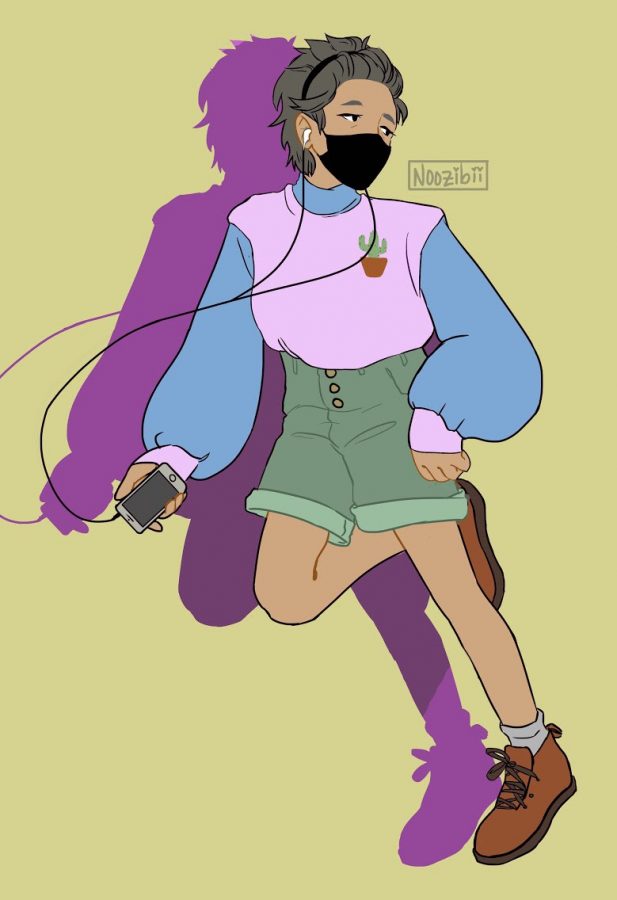Digital art brings new perspective to art world
Junior Merina Spaltro of Allentown creates visual artworks. Follow her on Instagram @Noozibii.
June 15, 2018
From the earliest of cave drawings to the intricate paintings of the Renaissance, art remains an integral part of society no matter what media characterizes the time period.
Coinciding with the development of new technologies, more and more artists experiment with digital art. Programs such as Photoshop and Illustrator make it easier for artists to create and produce art on the computer, while still staying true to the conventional idea of art.
Because of the rise in digital art, art museums must adapt to meet the new needs of these artists. Before digital art, all that art displays required was the art itself.
But digital art is intangible. It cannot hang on a wall like traditional art can. Museums and shows adjust to this in some way.
The Current Museum of Art, located in New York City, displays only digital art using screens and printouts. Founder Will Nathan said he created the museum to preserve digital art, since tracking its ownership and preventing is duplication sometimes proves difficult.
Other museums are completely digital, such as the Digital Art Museum (DAM). The museum showcases work from 37 artists online, ranging from traditionally made modern art and photography to digital pieces.
One advantage of digital art over traditional is the ease of sharing. Only one piece of art is produced by using traditional methods, so it cannot be easily shared since it is unique.
But, one can copy digital art endlessly and exactly, as well as share it with the world on social media platforms. This provides more opportunities for artists to circulate their work without limits.
Digital art also has its disadvantages. Its widespread use makes plagiarism easier, and makes it harder for the accuser to prove. Though all art is technically copyrighted upon creation, nothing can stop someone from sharing art online and calling it their own.
The divide between digital and traditional art seems to be evenly split at CHS, said art teacher Shelley Ortner.
“Every year I ask the juniors who take Illustration & Design to tell me what they prefer and every year it is roughly the same, ” Ortner said. “Half prefer digital and half prefer traditional… I try to incorporate both in lessons so students learn more about all kinds of art-making, and I give lots of opportunities for choice so they can incorporate their preferences as well.”





